Leonor Sullivan
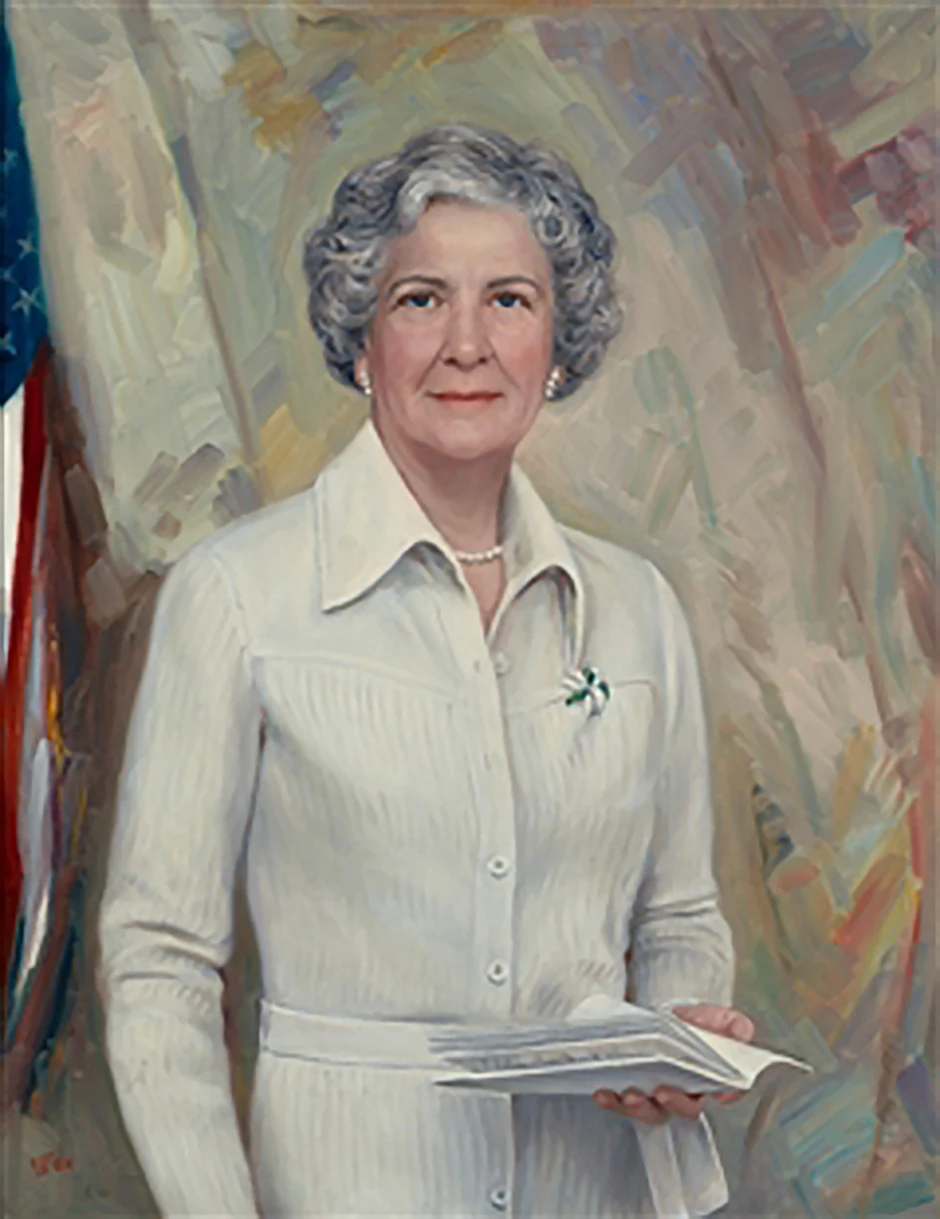
During the Cold War, food assistance served as a tool for international diplomacy. Confident that American prosperity provided a sufficient bulwark against hunger at home, the U.S. government shipped surplus agricultural products abroad to countries at risk of famine. But some pushed then-President Dwight Eisenhower to respond more urgently to domestic hunger. Congresswoman Leonor Sullivan of Missouri repeatedly sponsored bills recognizing the right of all Americans to food, and secured funding for an investigation into the original 1930’s Food Stamps program.
President John F. Kennedy
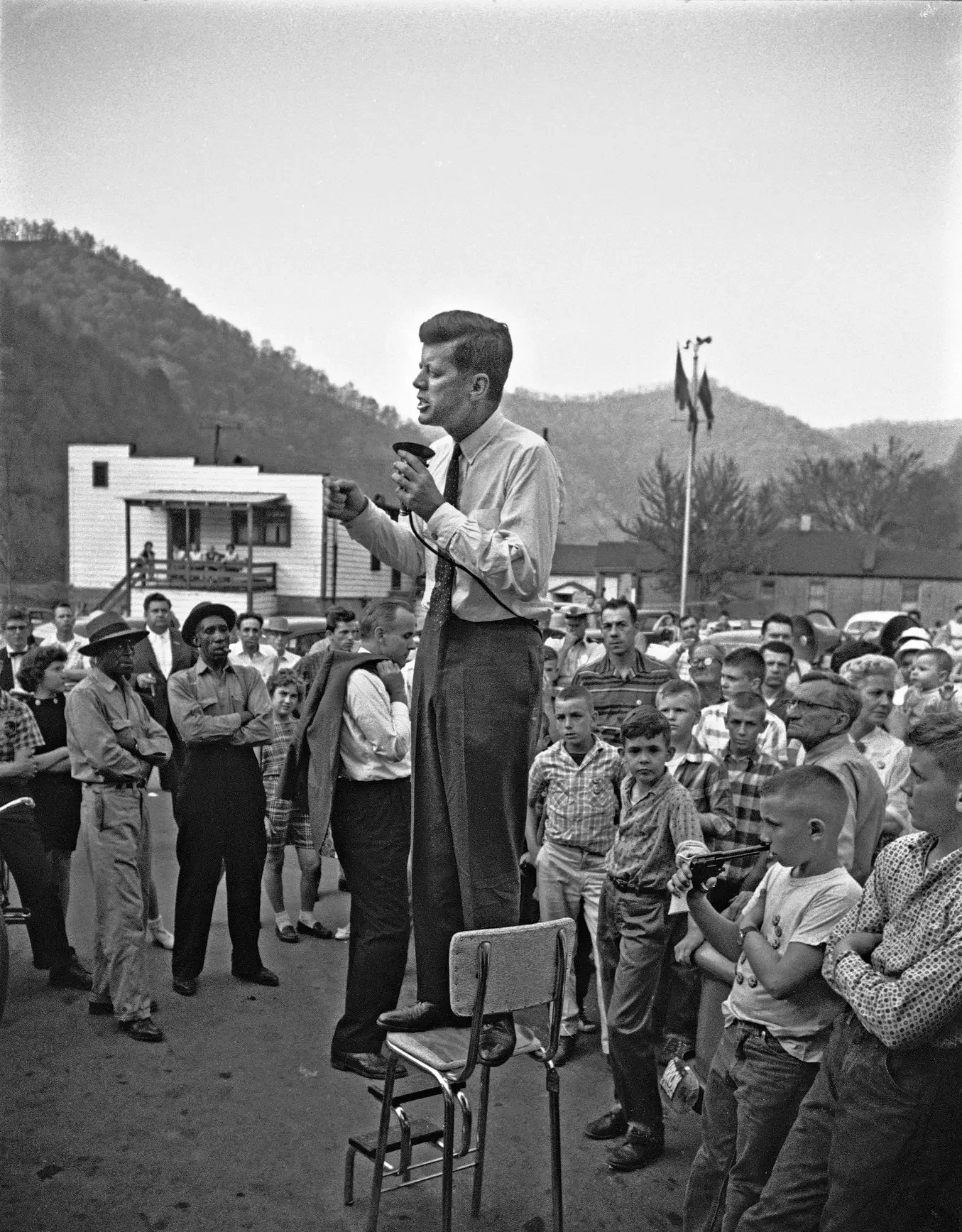
During his 1960 campaign for President, John F. Kennedy witnessed extreme hunger in West Virginia, motivating him to make the expansion of food assistance a central component of his platform. One day after his inauguration, Kennedy signed an executive order to commence a pilot program introducing Food Stamps in eight of the most food insecure states. For over three years, these food stamp pilot programs expanded across the country.
President Lyndon B. Johnson

In January 1964, President Lyndon B. Johnson announced an “unconditional war on poverty” in the U.S. that included an expansion and reconstitution of the Food Stamp program. But the program had major flaws — the application process and requirements were significant barriers to entry, including the fact that applicants typically had to apply in person once a month. Participation rates were nowhere near the eligibility rates — by some estimates, the program only reached about 2% of those in need.
Marian Wright, Peter Edelman,
and the Mule Train
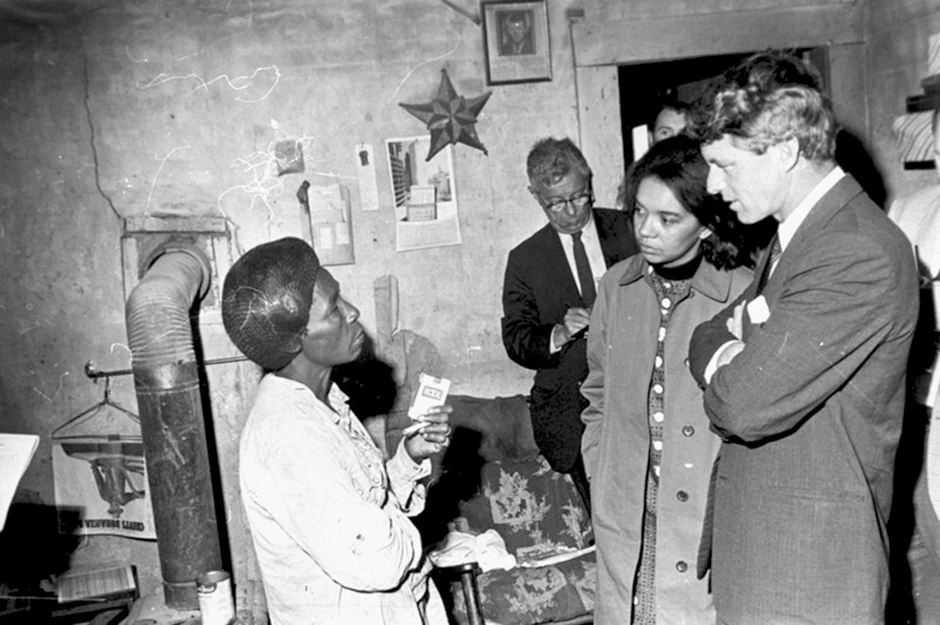
In 1967, lawyer Marian Wright took Senator Robert F. Kennedy and his aide Peter Edelman on a tour of the Mississippi Delta, highlighting starvation among poor, rural Black families. Galvanized by what he saw, Kennedy demanded immediate relief for the Delta from the Secretary of Agriculture. Edelman returned to the region on a fact-finding trip, crafting a plan for the Poor People’s Campaign for protest in Washington. In 1968, thirteen mule-pulled wagons, known as the “Mule Train,” left Mississippi displaying messages reading “stop the war and feed the poor,” successfully convincing the Department of Agriculture to send emergency supplies to the region.
Ruth Beckford and the Black Panthers
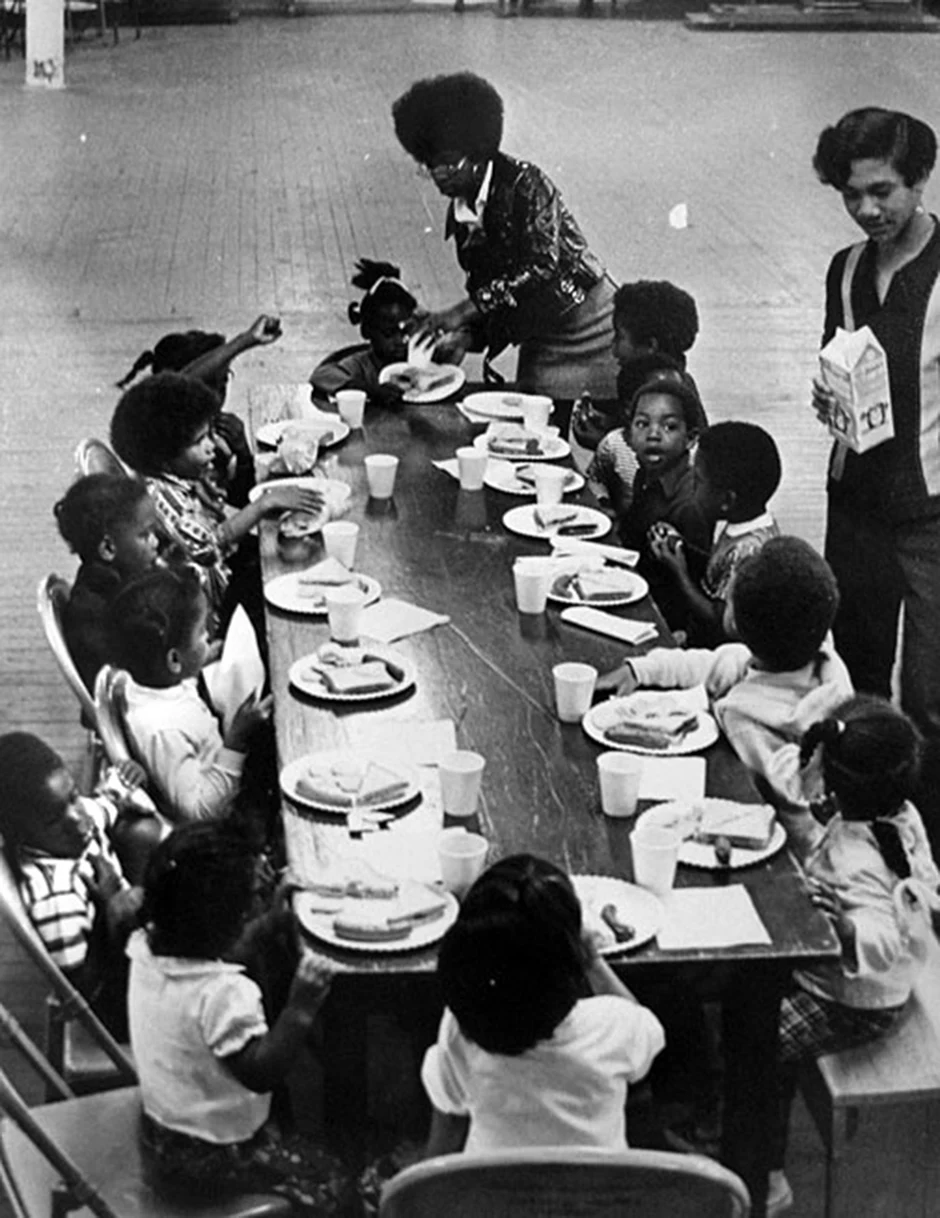
In 1969, a woman named Ruth Beckford, known for teaching Afro-Caribbean dance, joined the Black Panther Party and offered to coordinate a Free Breakfast Program for Black public school students out of St. Augustine’s Episcopalian Church in Oakland, California. The program quickly became popular, spreading to dozens of other cities, and it also helped expand the Black Panthers Party, attracting more women into its membership.
Dr. Jean Mayer and the
White House Conference
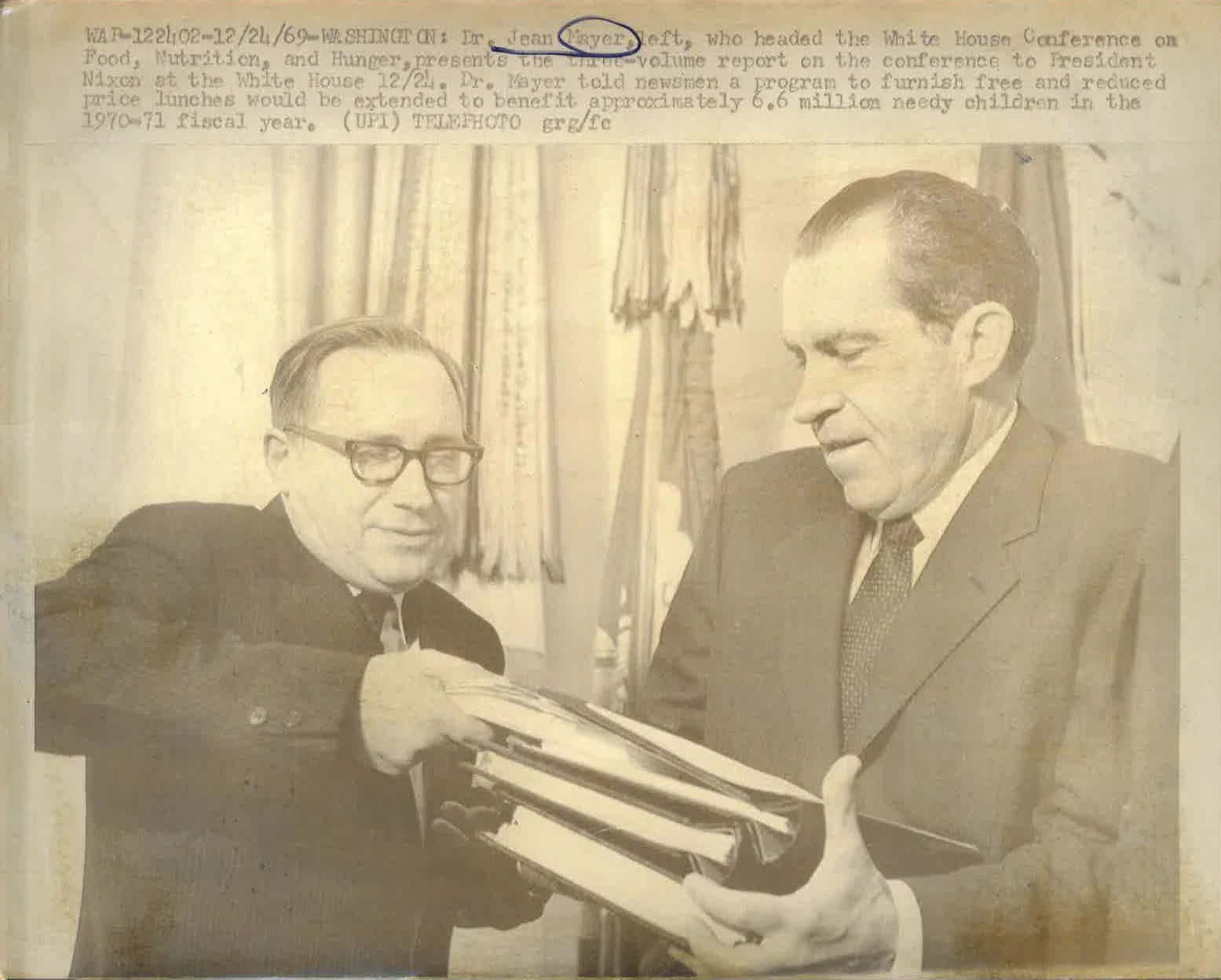
In 1969, President Richard Nixon publicly promised “to end hunger in America,” appointing nutrition scientist Dr. Jean Mayer to convene a White House Conference on Food, Nutrition, and Health. The conference resulted in a dramatic transformation of the social safety net, expanding funding for the Food Stamp Program. It also led to important reforms by Congress, stripping state and local officials of their powers to set and enforce eligibility standards, lowering the amount of cash required to buy food stamps, allowing for free food stamps to particularly vulnerable households, and extending the program to Guam, Puerto Rico, and the Virgin Islands.
Congresswoman Shirley Chisholm
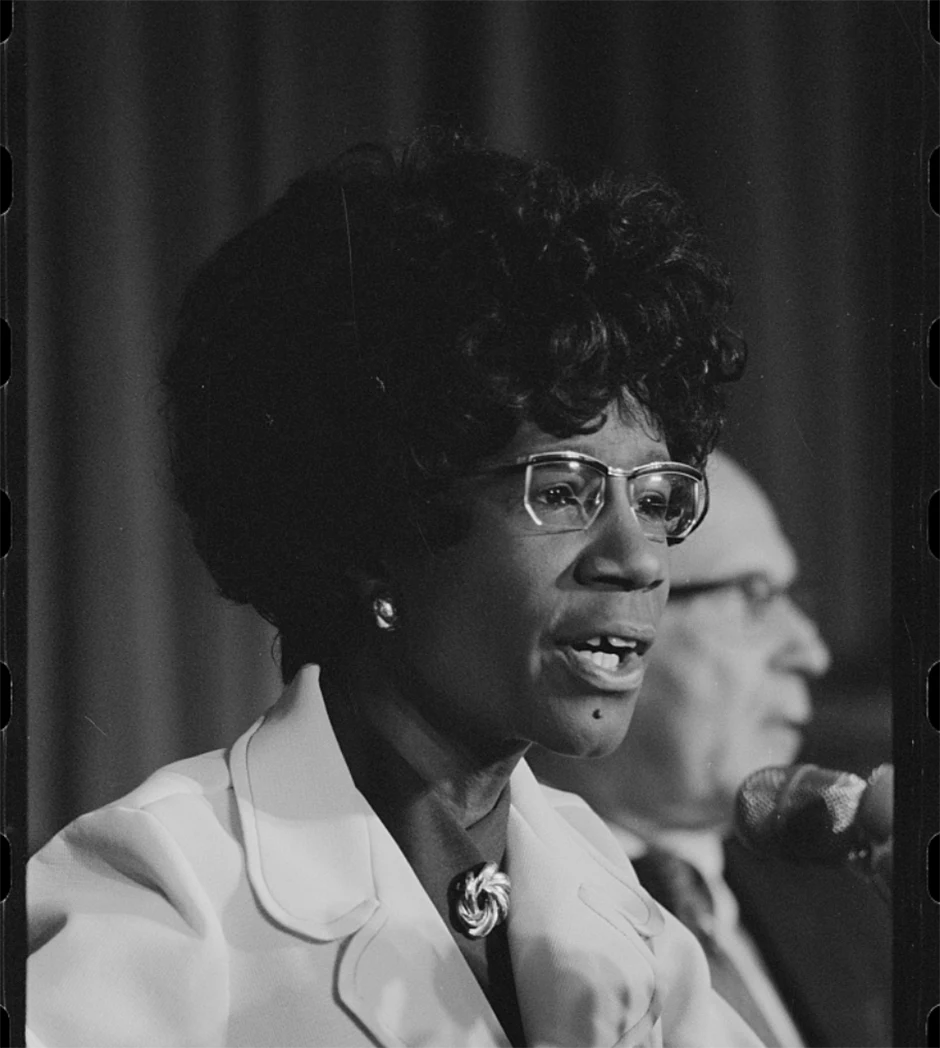
In 1968, Shirley Chisholm became the first Black woman to serve in the U.S. Congress. Recognizing that accessing Food Stamps posed unique challenges for pre- and postpartum mothers, she helped to develop the Special Supplemental Nutrition Program for Women, Infants, and Children (WIC). WIC made significant reforms to food stamps access for prepartum mothers and lifted eligibility requirements for postpartum mothers and their children. Congresswoman Chisholm successfully passed the new legislation, but the U.S. Department of Agriculture stalled until a federal lawsuit brought by anti-hunger advocates forced the agency to implement it.
Senator George McGovern and Senator Robert Dole
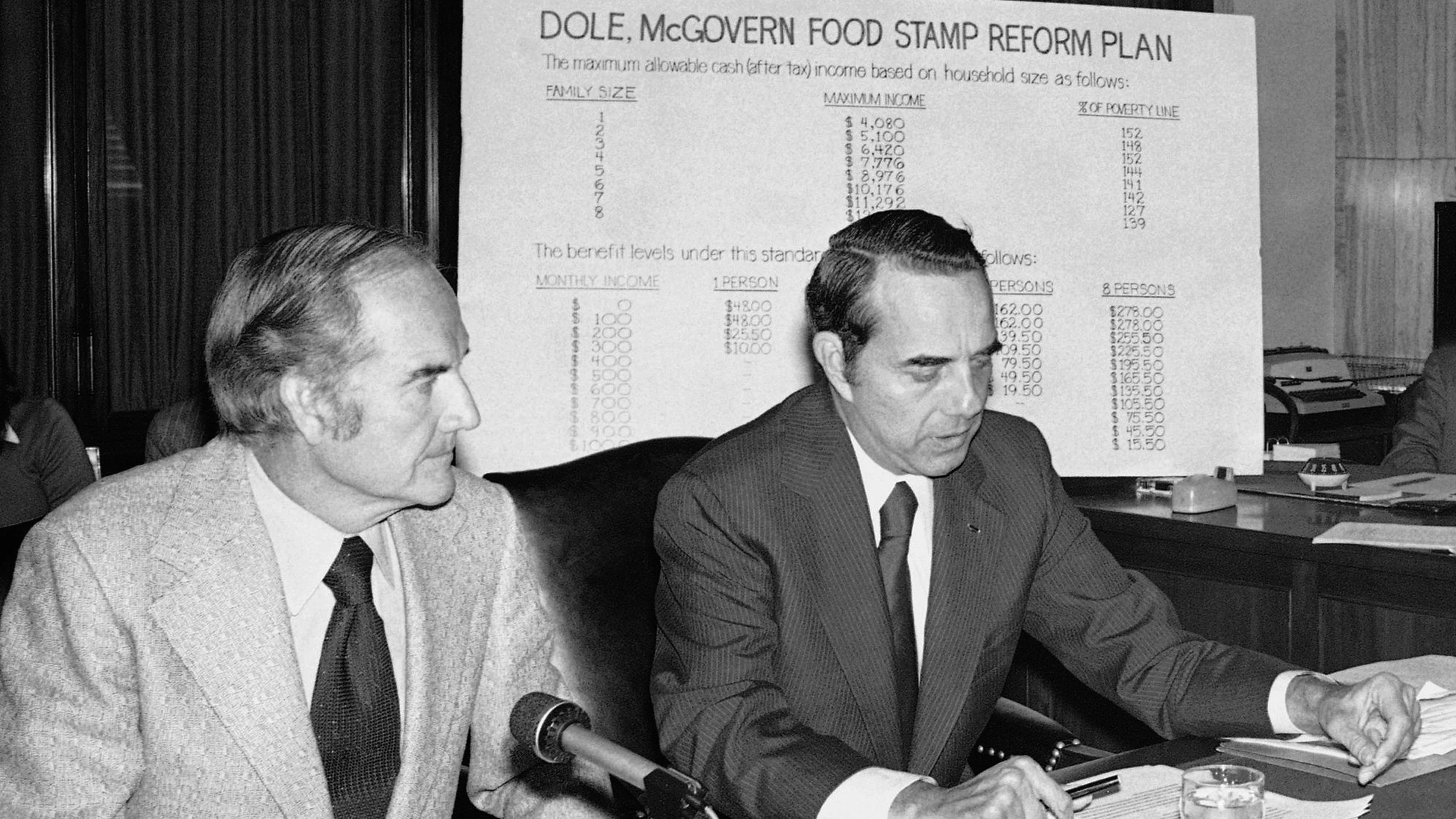
Republican Senator Robert Dole and Democratic Senator George McGovern, leaders of their opposing political parties, built a meaningful friendship and alliance based on their shared belief that politicians must work together to solve the country’s biggest problems, including hunger. In a model demonstration of bipartisanship, over four decades of partnership, the Senators built a broad, non-partisan consensus in support of anti-hunger and anti-poverty legislation. As the architects and anchors of the modern food stamp program, they shaped and strengthened the nutrition safety net that millions of Americans rely on to this day.
Mollie Orshansky
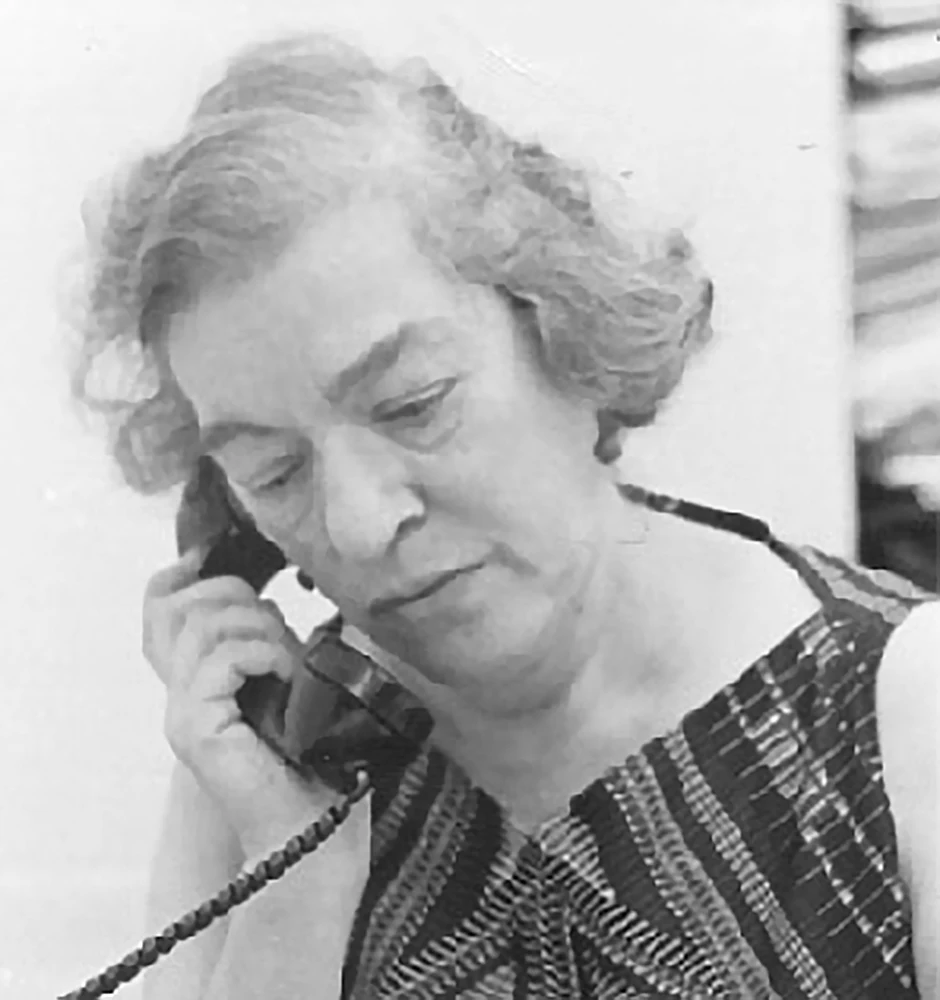
To make qualifying for food stamps easier and more consistent, in 1977, food stamp eligibility was linked to the federal poverty level — a move made possible by statistician Mollie Orshansky. Orshansky had proposed a formula to measure poverty based on the estimated cost of a minimum nutritious diet, arguing that any household whose income was less than three times the cost of that diet should be classified as “poor.” Eventually, the government began incorporating her “measure of poverty” into the Special Supplemental Program for Women, Infants, and Children (WIC) as well.
Who Secured Them
After a ten-year debate on reviving the program, in 1964 President Lyndon B. Johnson signed the Food Stamp Act, marking a significant turning point in the history of federal food assistance in the United States. By the late 1960’s, the program finally began to achieve its goals, reducing hunger to 3% of the U.S. population by 1969. Reflecting on these years, civil rights attorney Marian Wright Edelman said that during this period, advocates and the government worked together to achieve “the virtual elimination of hunger in America.”
Ending hunger requires that those who struggle have regular access to sufficient, nutritious food to give them the stability and security to lift themselves out of poverty. This exhibit offers a portrait of the diverse and bipartisan array of advocates, academics, attorneys, aides, activists, and volunteers who, together, achieved just that.
Text Citation: Wright Edelman, Marian. Lanterns: A Memoir of Mentors (New York: Beacon Press/HarperCollins, 1999).
This exhibit shows the diverse array of leaders — policymakers, activists, artists, and others — who contributed to the Food Stamp program from the 1950’s to the 1970’s. Together they revived, implemented, and refined the Food Stamp Program as we know it today.
Museum Map
WISHING
TREE